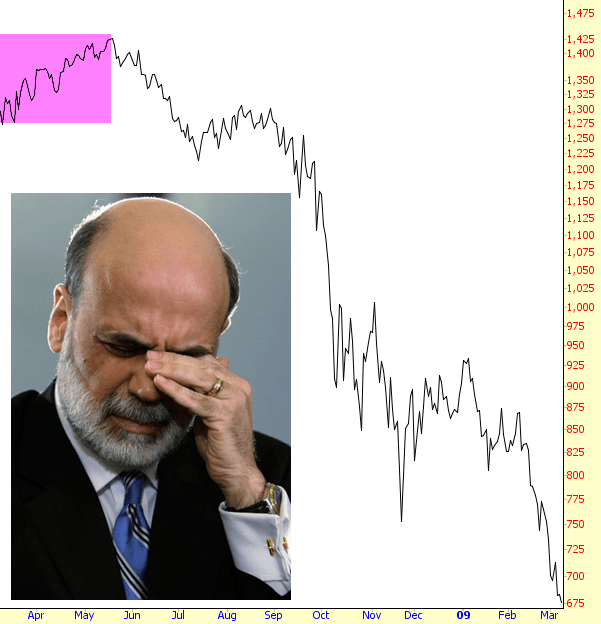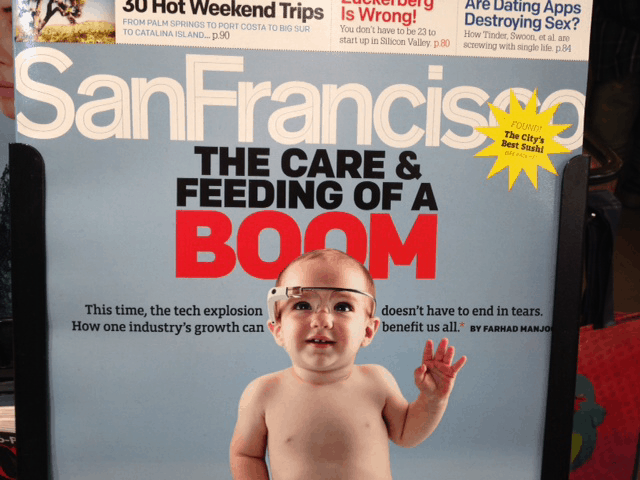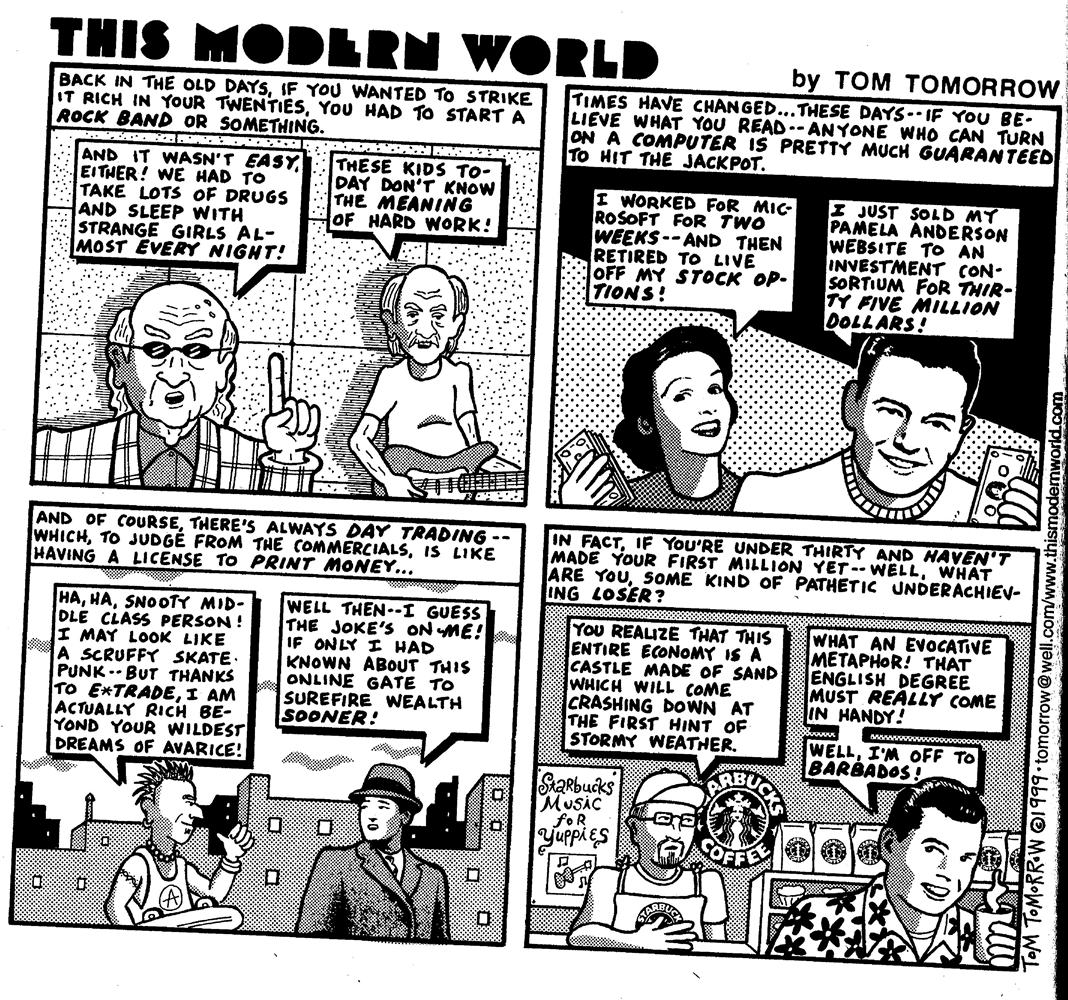Wolf Richter www.testosteronepit.com www.amazon.com/author/wolfrichter
Consumer spending, the foundation of the US economy, has not exactly been growing at gangbuster rates. With one big exception: auto sales. Accounting for about 20% of total retail sales, they’ve been phenomenal, booking double-digit growth rates, and the industry has been wallowing in its own exuberance. But in September, there was a downdraft. The calendar got blamed. And in October, there was the 16-day government shutdown and the debt-ceiling debacle. It hit auto sales hard.
Some manufacturers started muttering unprintable things under their breath. Hyundai CEO John Krafcik worried out loud that the debacle could chop off 10% from October sales. A Kelly Blue Book survey painted an even grimmer picture: 18% of potential buyers said they’d outwait the conniptions in Washington before buying a car or truck. Now that the debt-ceiling can has been kicked down the road into next year, there are rumors that auto sales have picked up again. Halleluiah. Even if true, October’s quarter panel may have gotten dented.
Our favorite hope mongers got slammed on Friday by the Reuter’s/University of Michigan consumer sentiment index. It continued its ugly cascade into purgatory. At the end of August, it was 82.1; consumers were feeling OKish. Then it came unglued: 77.5 at the end of September, 75.2 in mid-October, and 73.2 today, the lowest reading since December 2012, when consumers had been contemplating the dreadful but now forgotten fiscal cliff.
Much of the dive is based on the economic outlook index, which plunged from 73.7 in August to 67.8 in September, to 63.9 in mid-October to 62.5 today. The “solution” in Washington has done nothing to assuage consumers. Plus, the dive had started before the Washington conniptions became acute and may be seated more deeply.
But industry soothsayers had been spewing retail optimism for weeks. Consumers intend to goose their spending by a breath-taking 11% to $646, found management consulting firm Accenture in its pre-holiday shopping intention survey conducted in September and released October 7. OK, so Accenture counts big retailers among its clients, and it might have had an agenda.
But even in its soothing ointment there was a fly: the disparity between the few who benefited from the Fed’s policies and the many who got clobbered by them. Of the respondents, 18% would spend less than last year, and 62% would spend the same. That’s 80%! The remaining 20% would increase their spending, by a lot! 16% by up to $499; and 4%, the real beneficiaries of the Fed’s policies, by over $500. The determination of shopping on Black Friday is the “highest in five years,” the report said. And gift cards, the greatest ripoff of all times, are still number one on consumers’ shopping lists.
Ah yes, the inexplicable American consumer, the strongest creature out there that no one has been able to subdue yet! According to Accenture, this will be a hopping holiday season for retailers.
So Deloitte, another mega consulting, tax, and audit firm, weighed in with the results of its survey, conducted in mid-September before the shutdown debacle, but released on October 21. According to it, these inexplicable American consumers would boost their holiday spending by 9.1%.
They weren’t alone, way out there on that limb. On October 3, the National Retail Federation forecast that holiday sales would increase 3.9% to $602.1 billion, based on government and industry data. While that doesn’t look huge, given that we have about 2% inflation, it’s higher than the 10-year average growth of 3.3%.
“A realistic look at where we are right now in this economy,” is what NRF CEO Matthew Shay called it. A mix of “continued uncertainty in Washington and an economy that has been teetering on incremental growth for years,” he said. “Retailers are optimistic for the 2013 holiday season.” Even more optimistic was the NRF’s digital division, Shop.org, which forecast that online holiday sales would jump by 13% to 15%!
But on October 16, a shopping-season fiasco occurred at the NRF. Its holiday consumer spending survey found that the average shopper would spend $737.95, 2% less than last year, in contrast to the 3.9% increase it had forecast two weeks earlier. And to fit more gifts into their squeezed budgets, consumers would slash “self-gifting” by 8% to $129.62, the lowest in years.
“Americans are questioning the stability of our economy, our government, and their own finances,” a humbled Shay said this time. He expected consumers “to set a modest budget … as they wait and see what will become of the US economy in the coming months.”
In the same survey, 51% said that the overall state of the economy, and Washington’s meddling in it, would impact their spending plans “a little” or “a lot” during shopping season. And 79.5% said they’d cut corners, whittle down their shopping budgets, and spend less.
That was before the government’s presumed out-of-money date, October 17. With the doomsday can now safely kicked into early next year, shouldn’t everything be hunky-dory? Um, only a week later, on October 25, a new NRF poll found that the number of consumers who said their spending plans would be impacted by the economy jumped from 51% to 57%.
Alison Paul, head of Deloitte’s retail group in Chicago – remember Deloitte’s hype-infused survey above, predicting a veritable shopping frenzy with 9.1% growth? – retorted to Bloomberg and its incredulous readers that the shutdown might have impacted consumer sentiment, but not enough to throw off the economy during shopping season.
Then Gallup put the best spin on a crummy situation. Holiday spending intentions were up 2% to $786, the highest since 2007, it said on October 21, based on a poll conducted during the early stages of the shutdown. That 2% “growth” would be about the rate of inflation. So stagnation. This is how they twisted it, without a scintilla of evidence: “Now that the shutdown is over, consumers’ Christmas spending intentions could change, and perhaps” – emphasis mine – “swell further, resulting in an even more robust holiday retail season than the October data indicate.” A leap of faith. Gallup was practically giddy in its extrapolation, but has since gotten slammed by Friday’s plunge in the Reuter’s/University of Michigan consumer sentiment index.
Hope mongers are trying salvage the situation. And maybe they’re trying to come to grips with
what consumers are actually going to do in this quagmire of an economy where only a few benefit while the vast majority struggle to make ends meet, which is about the only thing that even the most gloriously optimistic survey confirmed: any growth will have to come from the few who can splurge. The rest of the consumers are simply too strung out; and now they're getting even more skittish, and they’re retrenching.
Selling airline tickets to our increasingly pauperized consumers is an art. Hiding price increases is an even greater art. While there are people who don’t worry about the price as they luxuriate in first class, others aren’t so lucky. For them, the industry has a special treat: squeezing their hips. Read… The Indelicacies of Hiding Inflation.







via Zero Hedge http://feedproxy.google.com/~r/zerohedge/feed/~3/cJGwRu74N6U/story01.htm testosteronepit
![]()





















